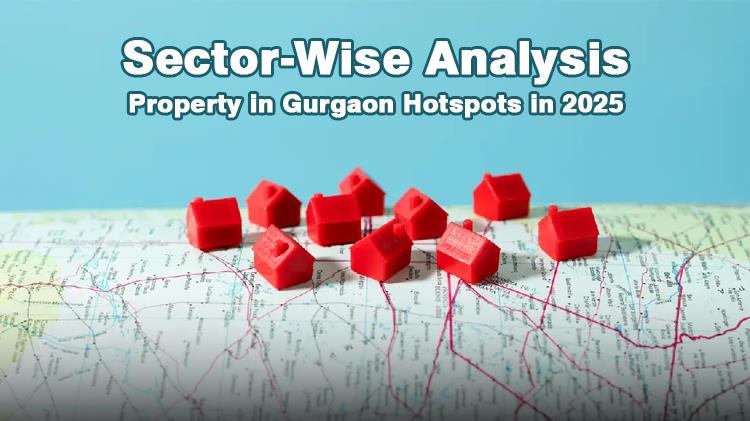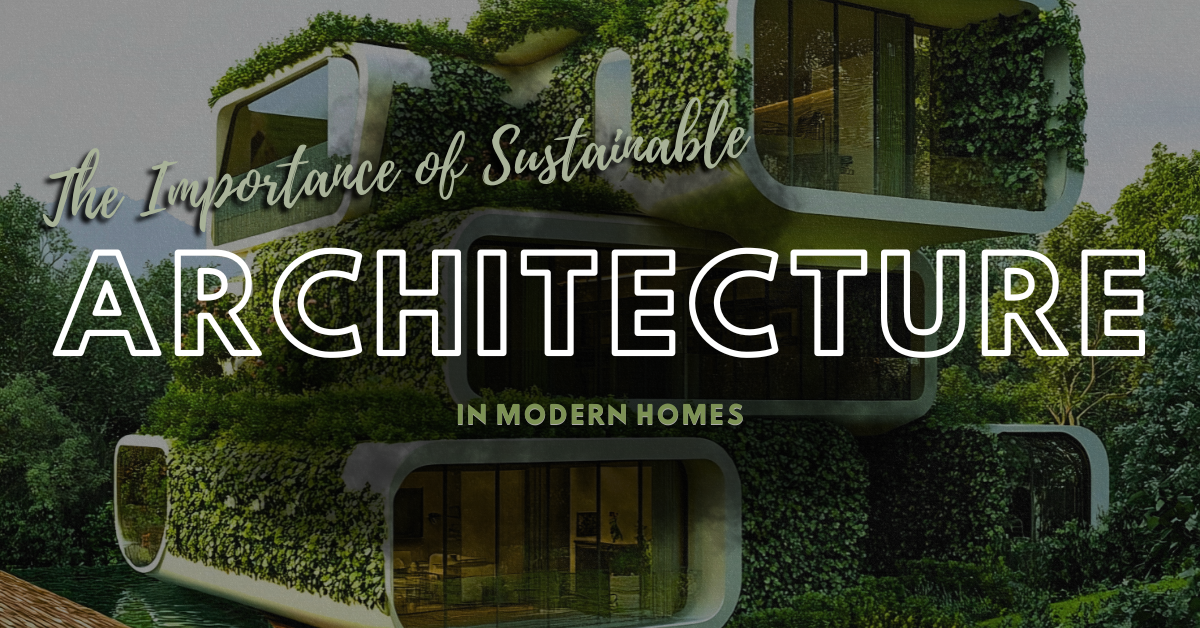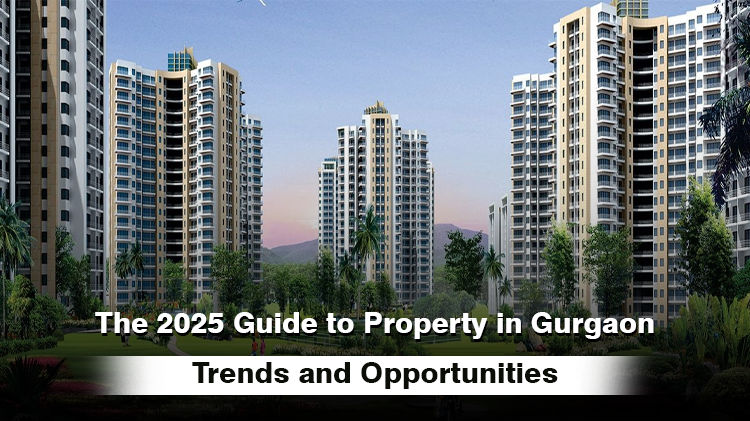
Sustainable architecture has emerged as a defining movement in modern home design, economic efficiency, reflecting a growing awareness of environmental responsibility. As our world faces pressing challenges like climate change, urbanization, resource depletion, and the way we build and inhabit our homes has never been more critical. The blog on the importance of sustainable architecture in modern homes delves into its benefits, principles, innovative trends, and its transformative impact on individuals, the planet, and communities.
Understanding Sustainable Architecture
Sustainable architecture is a holistic approach to operating buildings, constructing, and designing in a way that minimizes negative environmental impacts, conserves resources, and enhances the quality of life for occupants. It is not just about using eco-friendly materials or installing solar panels. It is a comprehensive philosophy that integrates energy efficiency, occupant and resource conservation well-being into every aspect of a building’s lifecycle.
Key Principles of Sustainable Architecture Include
|
Energy efficiency |
Reducing energy consumption through design, technology, and materials. |
|
Resource conservation |
Using reclaimed, recycled, and locally sourced materials. |
|
Healthy indoor environments |
Prioritizing air quality, non-toxic finishes, and natural light. |
|
Integration with nature |
Incorporating green spaces, site-sensitive planning, and natural light. |
|
Smart technology |
Leveraging automation and intelligent systems for optimal resource use. |
Environmental Benefits: Reducing Our Ecological Footprint
1. Lower Carbon Emissions
Traditional homes are significant contributors to greenhouse gas emissions day to their reliance on fossil fuels for energy. Sustainable architecture tackles this by integrating renewable energy sources such as solar panels, geothermal systems, and wind turbines. These technologies drastically cut emissions and reduce dependence on non-renewable resources.
2. Conservation of Natural Resources
Sustainable homes prioritize the use of recycled and locally sourced materials, reducing the need for new raw materials and helping to preserve ecosystems. Water conservation is also central, with features like greywater recycling, rainwater harvesting, and low-flow fixtures ensuring that every drop counts.
3. Waste Reduction and Pollution Control
Efficient design, recycling initiatives, and modular construction. Green roofs and living walls not only insulate buildings but also absorb rainwater, provide habitats for urban wildlife, and filter air pollutants.
4. Biodiversity and Ecosystem Protection
By protecting existing ecosystems and incorporating green spaces, sustainable homes support biodiversity. Gardens, green roofs, and permeable landscaping create microhabitats for insects, birds, and other wildlife, which brings nature back into urban environments.
Innovative Trends in Sustainable Home Design
Modern sustainable homes are at the forefront of architectural innovations, blending cutting-edge technology with timeless design principles.
1. Passive Design Strategies
Passive solar design, neutral ventilation, and high-performance insulation reduce the need for mechanical heating and cooling, slashing energy consumption.
2. Smart Home Technology
Automated lighting, energy management systems, climate control allow homeowners to monitor and optimize resource use, further reducing waste and utility costs. Smart appliances and water-saving fixtures add another layer of efficiency.
3. Material Innovation
The use of recycled steel, eco-friendly, sustainably harvested wood, and low-VOC finishes composites is transforming the construction industry. These materials are not only better for the environment but also enhance the durability and aesthetics of modern homes.
4. Modular and Adaptive Design
Modular construction enables homes to be built faster, with less waste and greater precision. Adaptable layouts and multifunctional spaces allow homes to evolve with changing family needs, increasing their longevity and value.
5. Biophilic and Green Design
Green roofs, water, and living walls features bring nature indoors, improving air quality and creating tranquil, restorative environments. These features are increasingly popular in urban homes where access to nature is limited.
Conclusion
Sustainable architecture is not just a trend, it is an imperative for modern living. By embracing eco-friendly design principles, a holistic approach to well-being, and innovation for well-being, we can create homes that nurture both people and the planet.





3 Comments